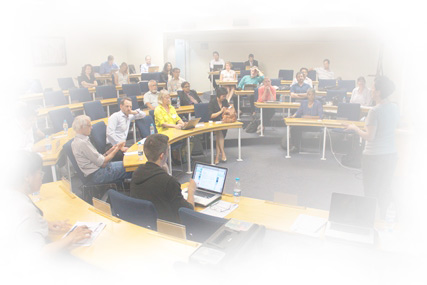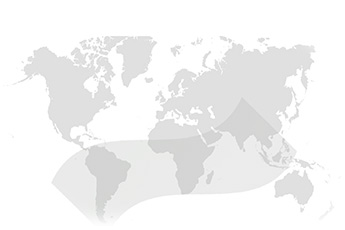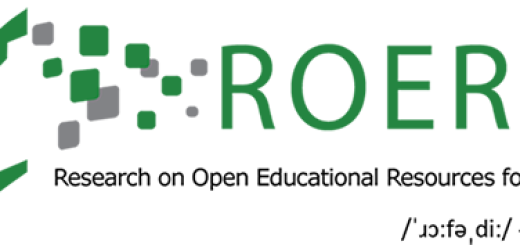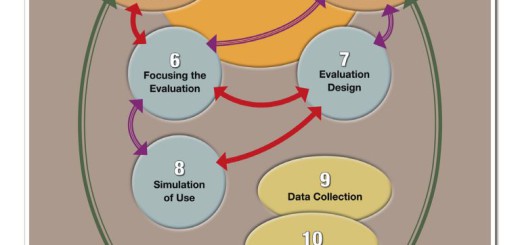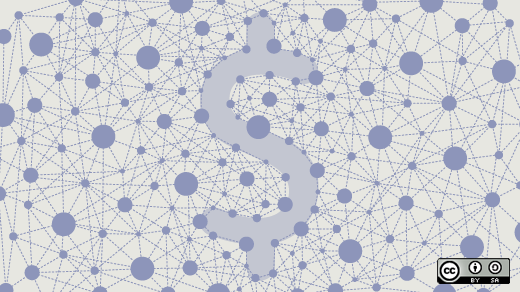 Image courtesy of opensource.com
Image courtesy of opensource.com
As year-long SP11 sub-project “Public funding for basic education in South Africa: Are open educational resources being funded?” has come to a close, Sarah Goodier, Project leader and researcher, reflects on some of the challenges and opportunities encountered in the research process.
Background and rationale of study
The study aimed to understand the allocation of government funding into developing, acquiring and disseminating educational resources in the basic education sector in South Africa (the equivalent of the K-12 primary and secondary education system in the United States). As claims have been made about the potential cost reductions that result from using Open Educational Resources (OER), the main intention of the study was to establish a benchmark of public spending on educational resources in order to be able to assess possible cost-savings of using OER. To do this, the project was planned to include two phases:
- A desk review and document analysis, to review information sources on South African basic education to develop a conceptual understanding of its funding allocations for educational resources
- Interviews and case studies, with key informants to get additional information which may not be publicly available.
More on the project scope and background here.
The research process
It is always a challenge entering a new research area – while I have been involved in research around OER in Higher Education – I had not previously investigated OER in basic education. As little research has been done to date on the extent of public funding of OER in South Africa within the basic education sector, Phase 1 of this project needed to produce a synthesis of the available findings on this topic and related topics from the literature, while other information sources were needed to address the proposed research questions. Reviewing the literature provided me an opportunity to systematically investigate what information was and wasn’t available about OER and their funding in basic education in South Africa. Information on the allocation of funds from public sources into educational resource acquisition and development was not readily available beyond government budgets and expenditure reports, and review of these did not provide the level of detail required to attempt a cost-benefit analysis regarding the introduction of OER specifically.
As much financial information was initially expected not to be publicly available, in Phase 2 interviews were proposed in order to confirm findings of the review where necessary and gather further information. The participation of government officials in such research is vital both for data gathering as well as communicating about how the research results may be useful in informing current and future OER projects and initiatives. This part of the research posed a large challenge in part due to the need to establish a network of key informants willing to participate in research related to finances and budgets in the very short time in which the study had to be completed. Interestingly, some similar issues were encountered in the ROER4D SP12 project (researching educational expenditure in South America) in terms of finding people willing and able to provide data. Due to these constraints, only two key informant interviews were conducted in the project timeframe. This affected the original plan for how the interview component could add to the study findings. In the end, these interviews formed the basis of two interesting case studies of the costs of creating OER for use in the basic education environment. These case studies present an opportunity for other researchers to further build on and continue to fill in gaps.
In the run up to the release of the SP11 final report which will contain the full findings, as part of the ROER4D Project’s open research principles the SP11 references spreadsheet is publicly accessible. This contains the educational expenditure references for the project and has been made available as a tab of the ROER4D bibliography, which contains many other useful references for those working in the OER and open education fields. I hope that this exploratory research project, the results of which will be released in the project’s final output in 2016/2017, will provide a useful reference point for other researchers looking to tackle the area of funding allocation to OER in the South African basic education sector as well as for other stakeholders interested in OER and costs in basic education.
